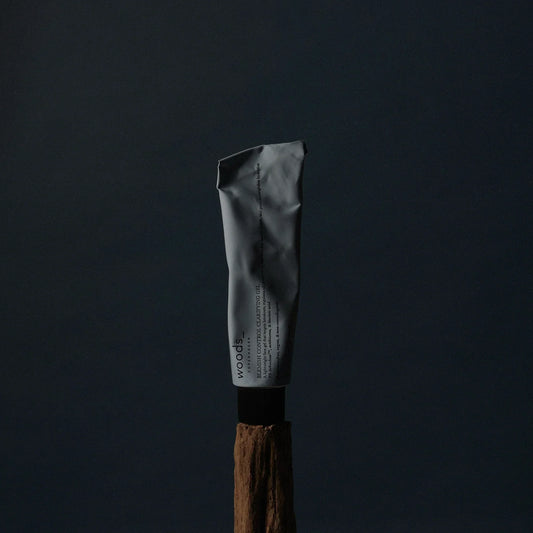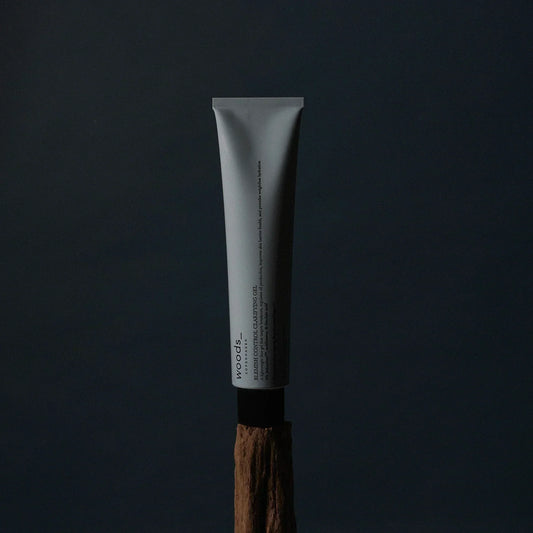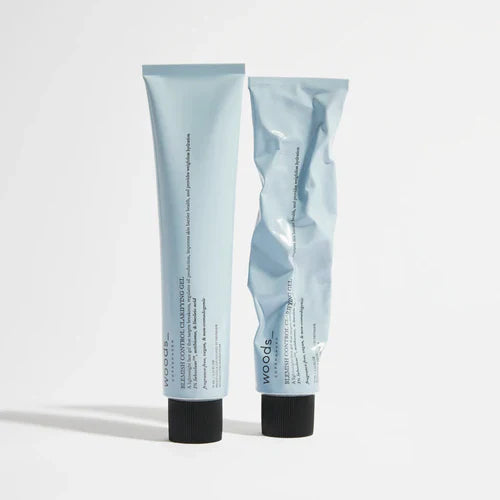What is dyshidrotic eczema?
In recent years, we’ve seen a global surge in dyshidrotic eczema cases, a phenomenon that coincided with the widespread use of hand sanitizers and increased handwashing during the COVID-19 pandemic.
The exact cause of dyshidrotic eczema remains unknown, but it is believed to result from a combination of genetic, environmental, and immunological factors. Common triggers include:
Allergens and irritants: Contact with certain metals (like nickel or cobalt), fragrances, or harsh soaps can provoke flare-ups.
Hand sanitizer: The reason for hand sanitizers being a common culprit in causing dyshidrotic eczema can be divided into two key factors. First, the alcohol in hand sanitizers can dry out the skin and disrupt its protective barrier. Second, harsh sulfates (SLS/SLES) used in many cleansing products can strip the skin of its natural oils. Additionally, the strong fragrances added to many sanitizers introduced during the pandemic further exacerbated skin irritation. For this reason, it is recommended to wash only with gentle cleansing agents and opt for fragrance-free formulas.
Frequent handwashing and lack of moisture: Repeated handwashing with harsh cleansing actives and without proper moisturizing can strip the skin of its natural oils, making it more prone to irritation and flare-ups.
Stress: Emotional stress is a well-documented trigger for dyshidrotic eczema, though the reasons remain unclear.
Sweating: Excessive sweating, particularly in hot or humid climates, can exacerbate symptoms.
Smoking tobacco: Smoking has been linked to skin inflammation and impaired healing, which can worsen symptoms or increase the risk of developing dyshidrotic eczema.
Certain medications: Some medications, like birth control, may act as triggers by altering the immune response or causing sensitivity.
Skin conditions: People with atopic dermatitis or hay fever are at higher risk of developing dyshidrotic eczema.
Genetic predisposition: A family history of eczema or other skin conditions may increase susceptibility.
Symptoms: What to look out for
The primary symptom of dyshidrotic eczema is a burning, itching sensation, followed by the sudden appearance of small, fluid-filled blisters on the palms, fingers, soles, or toes accompanied by the same discomforting sensations.
As the condition progresses, the surrounding skin can become red and inflamed. Once the blisters dry out, they often leave behind cracked, scaly or peeling skin, which can sometimes feel painful or tender. In severe cases, the skin may become raw, leading to heightened sensitivity or even infection. Safe to say, the condition can certainly affect daily life, as it can impact both our confidence and comfort.
These symptoms tend to occur in cycles, with flare-ups followed by periods of remission. So, how do you identify the condition? First, take a look at your skin – are there any patterns in the reactions you’re experiencing? Have you exposed it to anything new or unusual that may have caused the reaction? Is it a consistent issue? Make sure to consider any family history of skin concerns that may have rendered you more susceptible to dyshidrotic eczema. If you’re still in doubt, consult your doctor or dermatologist to rule out any underlying issue.

Treatment
Typically, dyshidrotic eczema resolves on its own within 2 to 3 weeks (cf. source 2). While there is currently no cure for the condition, various treatment can help reduce the intensity of flare-ups.
These include using cold compression and topical treatments like barrier-restoring creams with calming ingredients may help minimize mild symptoms. And, as stress is one of the most common causes for the reaction, taking steps to reduce your cortisol levels should be beneficial. Now, this is certainly easier said than done, but relaxing initiatives like yoga, meditation, or talking to a professional could help ease your mind and, thereby, your skin. You can read more about how stress affects your skin here.
Additionally, consider opting out of fragrances, as these are known to exacerbate issues, and opt for natural, gentle washing actives instead of harsh sulfates (SLS/SLES) that can strip the skin of its natural oils. Oh, and don’t forget to moisturize after washing your hands – keep a hand balm at your nightstand or by the sink to make appliance more intuitive.
Overall, it’s important to stay alert of what you’re exposing your skin to and notice how certain materials, procedures, or ingredients affect your symptoms. Speaking of easier said than done: As tempting as it may be, scratching can definitely make things worse, as it increases the risk of infection, prolongs the healing process, and potentially causes the condition to spread. So, please do your skin (and yourself) a favor and don’t settle for temporary satisfaction.
If your symptoms persist or worsen, consult a dermatologist – especially if there are signs of infection such as pus, increased redness, or fever. Better safe than sorry, always.
The takeaway
Dealing with dyshidrotic eczema can be frustrating, but with the right care, it can be manageable. By understanding your triggers, keeping your skin balanced with a consistent routine featuring calming and gentle ingredients, and seeking help when needed, you can keep flare-ups in check. Remember, small steps can make a big difference, when it comes to the skin.
Sources
- nationaleczema.org: Dyshidrotic Eczema
- J. DiGiacinto; E. Dock (2024) Dyshidrotic (Dyshidrosis) Eczema, medically reviewed by R. C. Gathers, healthline.com
Related Products
More posts
-
Adult acne: from cause to treatment
While many associate acne and blemishes with the turbulent teenage years, the reality is that many adults continue to grapple with breakouts well into their 20s, 30s, and beyond. But...
Read more -
Skincare for teens: a step-by-step guide
Navigating skincare as a teenager (or honestly, just as much as an adult) can feel like a maze. In this digital age, we’re constantly flooded with the newest trends and...
Read more -
Introducing: blemish control clarifying gel
Breakouts are one of the most common skin concerns, affecting people of all ages and skin types. And when it comes to treating blemishes, striking the perfect balance can be...
Read more
- Choosing a selection results in a full page refresh.
- Opens in a new window.





